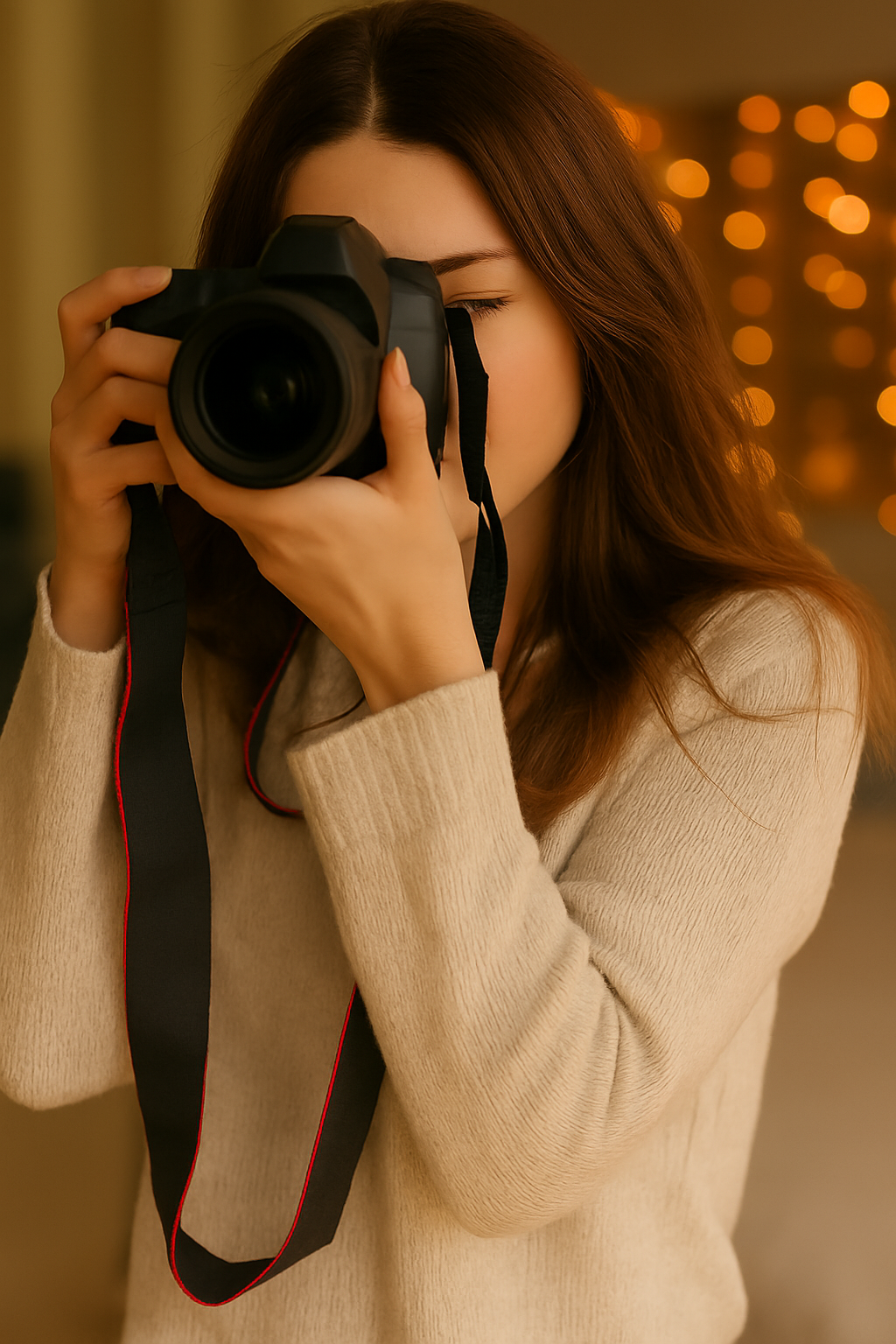Our eyes can often be tricked by the colour of light. However, your camera will read the light exactly as it sees it or is told to see it. This is what your cameras white balance is in place for.
What is white balance?
The ability of our brain to interpret what our eyes see is truly amazing. When we see a white wall, our brain makes it look white whether it's lit by sunlight, a tungsten bulb or a fluorescent lamp. However, all is not as it seems... Our brains are interpreting what we see, we don’t notice that the incandescent tungsten bulb is giving off warm orange/yellow light, or that fluorescent tubes glow a cool shade of green/blue. Neither do we fully appreciate the extent to which our surroundings affect. For example, if you photograph a person surrounded by green trees, they will acquire a faint green tint. Likewise, shoot a portrait of somebody in a brilliant neon pink t-shirt, and their face will take on a faint pink glow from the reflected light off the shirt.
Different light sources radiate light in different parts of the spectrum; we call this the “colour temperature” of the light, and our brains are constantly shifting those colour temperatures back the equivalent of neutral sunlight.
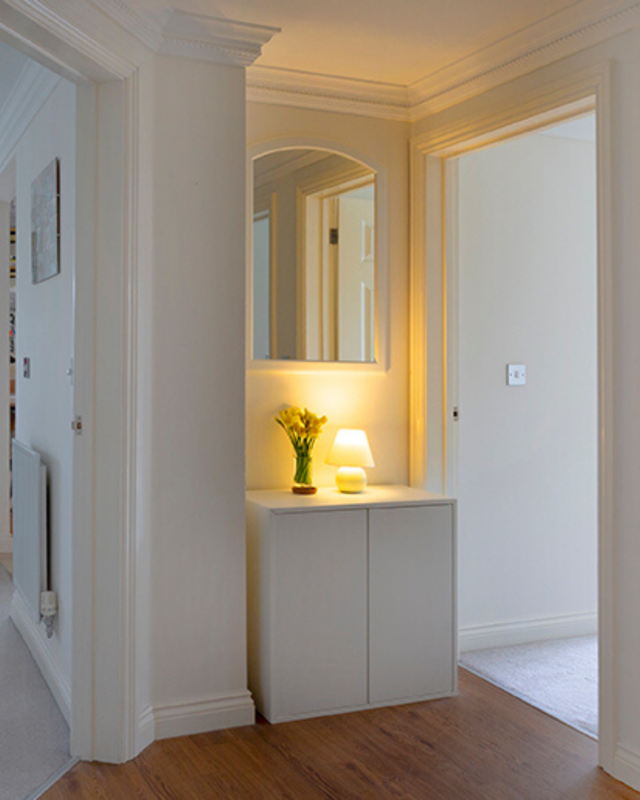
The yellow cast of a tungsten bulb shows clearly next to balanced natural sunlight. Photo credit: DJ Robinson Photography
How does a camera see what’s white?
Unlike the human brain, your camera sensor faithfully records the light hitting it, and can’t cross-reference against a lifetime of experience to correct the colours it sees. Whilst we don’t notice the colour cast, the camera records it faithfully.
Software within the camera, often just called “White Balance”, can correct common colour casts by applying digital filters to change the colour temperature. Typically, there are options for shooting with daylight, shade, cloudy days, tungsten and fluorescent lights and with flashguns. The camera knows the approximate colour temperature for each situation and tries to correct it to standard neutral sunlight.
Adjusting the white balance on the Kelvin scale is the equivalent of manual mode for exposure - it gives photographers complete control over the white balance.
Why is white balance important?
There are times when a colour cast produces a pleasant result, and of course, there are times when photographers intentionally make use of a coloured cast and don’t correct the white balance. For example, an image looks warmer with an orange cast, so you probably wouldn’t correct it in a sunset or city at night landscape. The same logic applies to frozen landscapes. To make them look colder, shoot at midday when there is a slight blue cast to the light. It's amazing how many pictures of snow are actually slightly blue because the white balance has been left skewed to the blue end of the spectrum to emphasise the coldness.
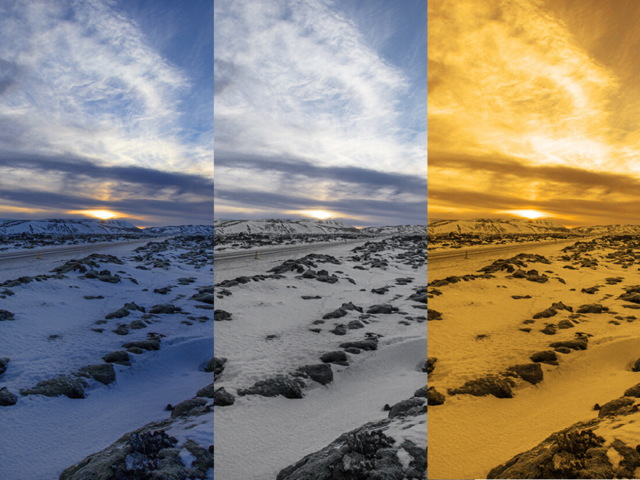
Original with a natural blue cast, white balance corrected, white balance intentionally skewed towards warmer colours. Photo credit: DJ Robinson Photography
And of course, sometimes the white balance must be corrected because a colour cast would be a problem. This is particularly so in advertising and real estate work, in which reproducing the correct colours is essential, so you have an honest reproduction of the scene.
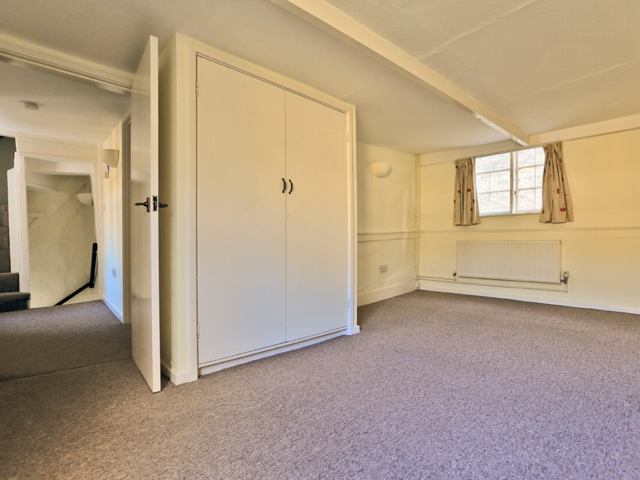
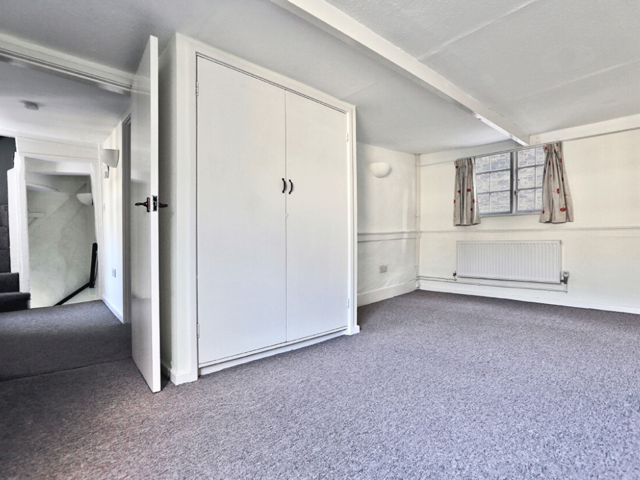
Original shot with orange colour cast from tungsten bulbs and a blue cast in the corridor from a fluorescent light in the bathroom, and processed shot with corrected white balance. Photo credit: DJ Robinson Photography
The rules for using white balance aren’t set in stone - you can correct it to faithfully reproduce the colours of a scene or leave it alone because it adds atmosphere to it. You can even intentionally shift the white balance away from neutral, creating a colour cast to enhance an image. Think of it as a subjective element of your photography to use according to your needs. Using your camera’s built-in white balance feature allows you to take photos with much more accurate colours! And if you only ever stick to Auto white balance, take a look at this white balance presets cheat sheet so you can try and understand all the other options and white balance settings.
Take a look at our blog articles to know more about photography. And if you wish to pursue a career in this dynamic area, we have the right course for you!

